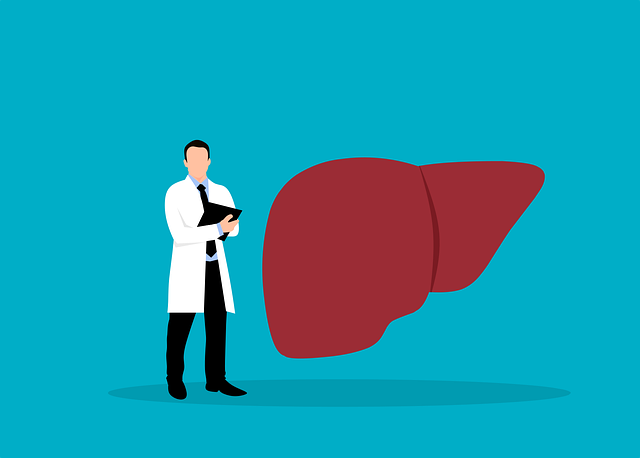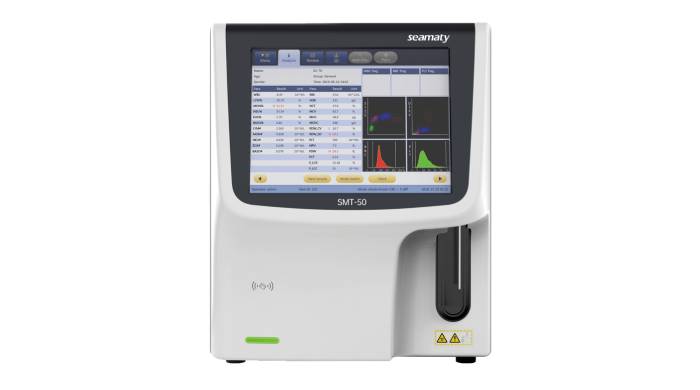release time:2022-05-11 14:22:45

AFP is often used in the early diagnosis of liver cancer and is elevated 8 months before a patient with liver cancer develops symptoms. At this time most patients with liver cancer still have no obvious symptoms. Nowadays, AFP is also widely used for monitoring the efficacy of liver cancer surgery, postoperative follow-up and follow-up of high-risk groups.
2. Items reflecting hepatocellular damage.
cirrhosis and hepatocellular carcinoma: markedly elevated AST, markedly elevated AST/ALT, AST/ALT > 1, or even > 2.
Hepatic failure in severe hepatitis: low production and release of transaminases, but a significant increase in serum bilirubin, and the phenomenon of "bile-enzyme separation", which indicates an aggressive condition.
Increased γ-GT is commonly seen in the following diseases.
1) Biliary obstructive diseases, intrahepatic and extrahepatic bile duct obstructive diseases, such as primary biliary hepatic sclerosis.
2) Acute and chronic viral hepatitis, hepatic sclerosis.
Pathologic elevation of alkaline phosphatase is seen in.
ALP is elevated in 90% of patients with liver disease, but not more than 2.5 times the upper limit of normal. In contrast, in obstructive jaundice, especially in complete obstruction, ALP rises to more than 2.5 times the upper limit of normal. In patients with liver failure, a decrease in ALP is indicative of extensive hepatocellular necrosis.
3. Items reflecting the secretory and excretory functions of the liver.
Including bilirubin (TBil), direct bilirubin (DBil), bile acids (TBA), etc.
Hemolytic jaundice: generally TBil <85 μmol/L and direct bilirubin/total bilirubin <20%.
Hepatocellular jaundice: generally TBil <200 μmol/L and direct bilirubin/total bilirubin >35%.
When serum water decreases, total protein and albumin concentrations increase.
Serum albumin is normal or mildly decreased in patients with acute mild hepatitis and may be significantly decreased in severe hepatitis and is proportional to the severity of the disease.
When a patient has liver fibrosis or cirrhosis, serum albumin and total bilirubin are reduced, along with elevated monoamine oxidase. The degree of elevated gamma globulin in serum protein electrophoresis can evaluate the evolution and prognosis of chronic liver disease, suggesting hypocellularity and inability to remove endogenous or enteric-derived antigenic substances from the blood circulation.
Clinical evaluation of liver function test should be problem-specific. It is important to review liver function and understand the damage or functional status of other related organs when necessary, which can help in identification.

2022-09-29
CBC machines are an important part of the healthcare industry. They are used to detect blood disorders and other medical conditions. Here we will discuss the different types of CBC machines and their uses in the healthcare industry. We will also discuss how CBC machines are improving patient care.

2022-06-23
Biochemical analysis of the body blood samples forms the basis of medical diagnosis and plays a crucial role in treating various health ailments. Automated biochemical analyzers analyze body blood samples and evaluate the concentration of biochemical markers,

2021-09-14
POCT test is a new direction. In its emergence and development, there are many areas for improvement. Such as quality control, varying levels of operator skill and clinical management is not perfect.